Chinese New Year: A Celebration Of Tradition And Culture
Catalogue
- Chinese New Year Origin
- Traditions And Customs Of Chinese New Year
- Cleaning
- Reunion dinner
- Red decorations and red envelopes
- Lion dance
- Festive food
- Chinese New Year Holiday
- Best Places To Celebrate Chinese New Year
- Celebrate Chinese New Year Around The World
- Chinese New Year Conclusion
Show More
Chinese New Year is one of the most important festivals in Singapore. It is celebrated with great enthusiasm and joy. The festival is also known as the Spring Festival or Lunar New Year.
It is celebrated on the first day of the Chinese lunar calendar, which usually falls between January 21 and February 20.
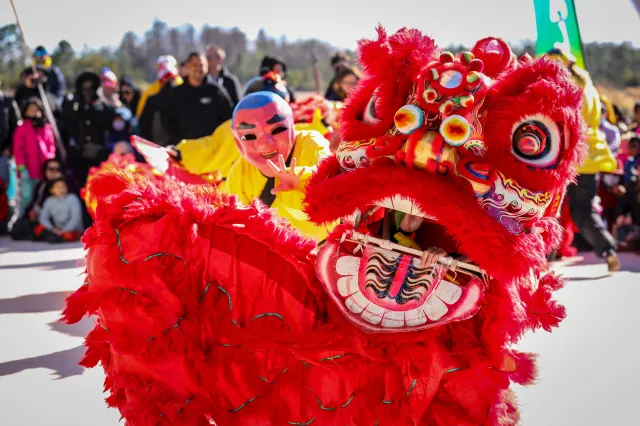
Source: Unsplash
Chinese New Year is an ancient festival that has been celebrated for over 4,000 years. The festival originated in China and is celebrated by Chinese communities all over the world. The festival is based on the lunar calendar and is celebrated on the first day of the first lunar month.
According to legend, Chinese New Year began with a fight against a mythical beast called Nian. Nian would come out of hiding on the first day of the new year to attack people and livestock. To protect themselves, people would put food outside their doors to keep Nian away. They also used firecrackers to scare Nian away.
Over time, the tradition of putting food outside the door evolved into the tradition of giving red envelopes filled with money to children. The tradition of using firecrackers also evolved into a tradition of setting off fireworks.
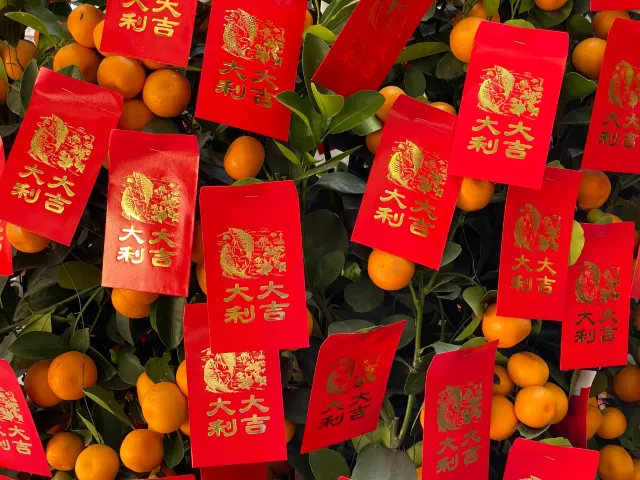
Source: Unsplash
Chinese New Year is a time for families to come together and celebrate. There are many traditions and customs associated with the festival.
Chinese New Year is a harmonious blend of rituals that emphasize unity, respect for ancestors, and wishes for prosperity. One such custom is the thorough cleaning of homes before the festival.
This cleansing ritual sweeps away bad luck and makes space for the good to enter. Families also decorate their homes with intricate paper-cuttings symbolizing happiness and wealth.
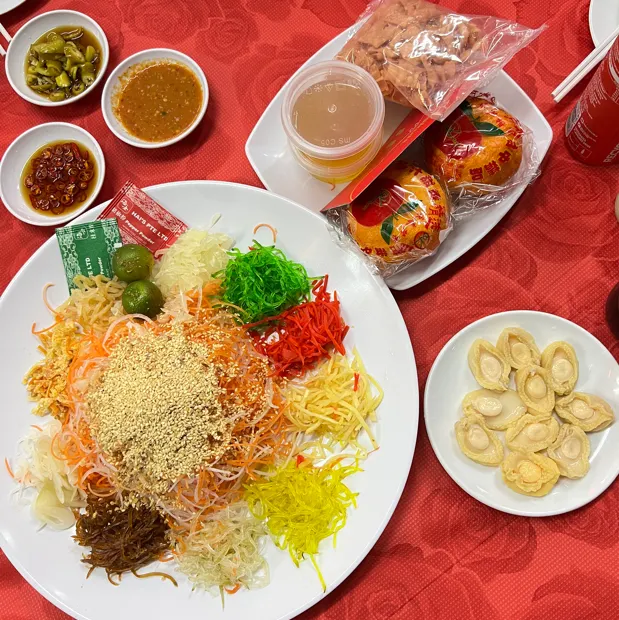
At the heart of Chinese New Year celebrations is the reunion of families. On New Year's Eve, families gather together for a special dinner called the reunion dinner. This is one of the most important meals of the year.
People travel from far and wide to be with their loved ones, often resulting in the world's largest human migration. The festive feast features a lavish spread of dishes that hold auspicious meanings.
Source: Unsplash
Red is considered a lucky color in Chinese culture. During Chinese New Year, it is common to decorate the house with red lanterns, banners, and other decorations.
Exchanging red packets, or "hongbao," is a heartwarming tradition during Chinese New Year. Elders give these red envelopes containing money to children and young adults as a symbol of good fortune and blessings.
In return, recipients offer well-wishes and gratitude. Exchanging gifts also holds great importance, as they represent camaraderie and the expression of good intentions.
Source: Unsplash
Thrilling lion and dragon dances are ubiquitous during Chinese New Year parades and celebrations. These captivating performances are believed to ward off evil spirits and bring luck and prosperity. The lion's energetic movements and the dragon's sinuous grace captivate audiences, creating an atmosphere of excitement and unity.
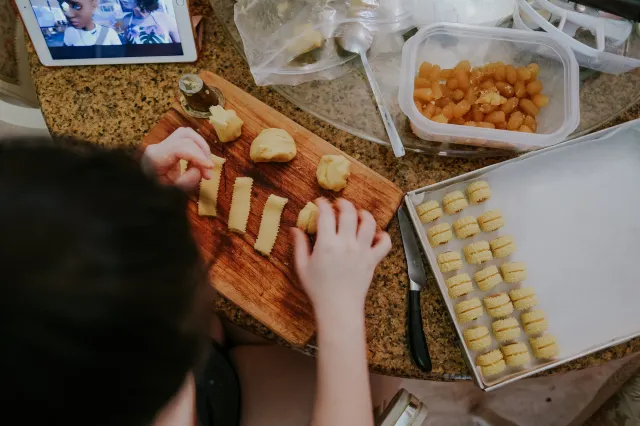
Source: Unsplash
Indulging in traditional Chinese New Year foods is a delightful experience that brings people together. In China, glutinous rice cakes called "niangao" are a staple, symbolizing growth and progress.
In Malaysia and Singapore, "yusheng," a colorful raw fish salad, is a must-have dish. The act of tossing and mixing the ingredients represents the tossing away of bad luck and welcoming good fortune. And not forgetting our popular favourite - pineapple tarts!
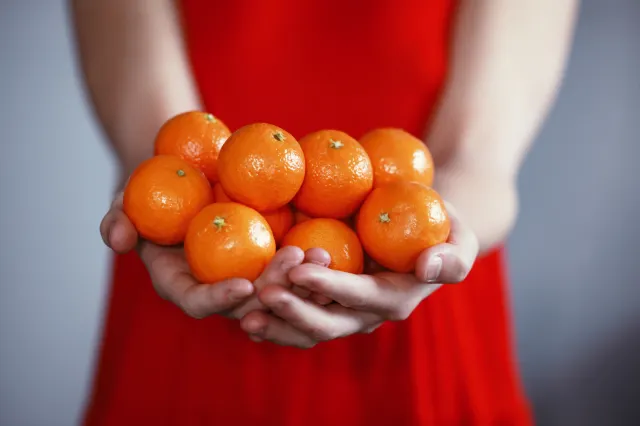
Source: Unsplash
The Chinese New Year celebration lasts for 15 days. The first day of the new year is celebrated with family gatherings, fireworks, and other festivities. The 15th day of the new year is celebrated with another round of fireworks and a lantern festival.
In Singapore, Chinese New Year is an official public holiday for 2 days! Some people like to take the chance to take off for a Chinese New Year getaway.
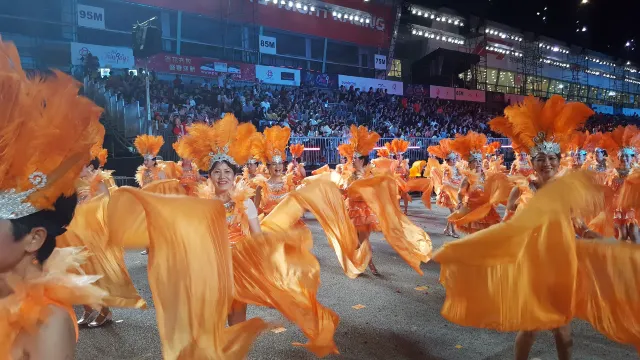
Singapore has many great places to celebrate Chinese New Year.
Chinatown: Chinatown is one of the best places to celebrate Chinese New Year in Singapore. The streets are decorated with lanterns and there are many stalls selling traditional Chinese food and souvenirs. Every year, there is a light-up ceremony in Chinatown to mark the start of Chinese New Year celebrations.
River Hongbao: River Hongbao is an annual event held at Marina Bay during Chinese New Year. There are many performances, food stalls, and carnival rides.
Gardens by the Bay: Gardens by the Bay is another great place to celebrate Chinese New Year in Singapore. There are many lantern displays and cultural performances.
Chingay Parade: The Chingay Parade is an annual parade held during Chinese New Year. It is usually held at the F1 Pit Building, which is located near the Singapore Flyer and Gardens by the Bay. The parade features colorful floats, music and dance performances, and fireworks.
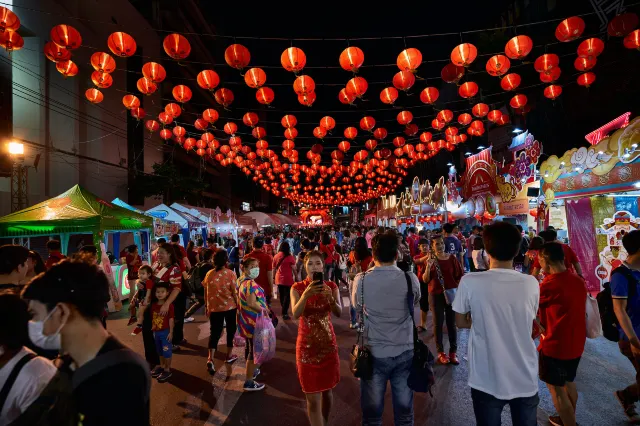
Source: Unsplash
Chinese New Year's exuberance transcends borders, making it a celebrated event across the globe. In cities with significant Chinese communities, colorful parades, traditional dances, and delectable feasts unite diverse cultures in shared festivities. This global participation underscores the festival's universal appeal and its ability to foster cross-cultural understanding.
China: Chinese New Year is a public holiday in China. The holiday lasts for seven days and is celebrated with family gatherings, fireworks, and other festivities.
Malaysia: In Malaysia, churches are open on Lunar New Year's Day and allow Chinese lion-dance teams to perform, symbolizing prosperity. Other customs of Malaysia's Spring Festival are similar to those of China.
Japan: Influenced by its neighbor China, Japan also regards Spring Festival as its most important festival. Japanese people decorate their houses with pine and cypress. Whole families sit beside a stove, staying up until midnight on New Year's Eve.
South Korea: South Korea has customs similar to China's in regard to the Spring Festival. For instance, Koreans must go home for family reunions once the festival comes around.
United States: Chinese New Year is celebrated in many cities across the United States. The largest celebration takes place in San Francisco. The festival is celebrated with parades, dragon dances, and other festivities.
Chinese New Year is a time for families to come together and celebrate. It is a time to honor ancestors and deities and to wish for good luck and fortune in the new year. The festival is steeped in tradition and culture and is celebrated with great enthusiasm and joy.
Chinese New Year is a celebration of tradition and culture. It is a time for families to come together and celebrate. The festival is steeped in tradition and culture and is celebrated with great enthusiasm and joy.
Whether you're celebrating in Singapore or in another part of the world, Chinese New Year is a time to honor ancestors and deities and to wish for good luck and fortune in the new year.
❤️Want to celebrate Chinese New Year overseas? Take a look at the deals we have for short getaways! Or plan for a family staycation during this time.
Trending Travelogues
Popular Trip Moments
Popular Travel Types
Popular Attractions
Popular Ranked Lists
Popular Destinations
Recommended Attractions at Popular Destinations







Site Operator: Trip.com Travel Singapore Pte. Ltd. Travel License No. 02943








